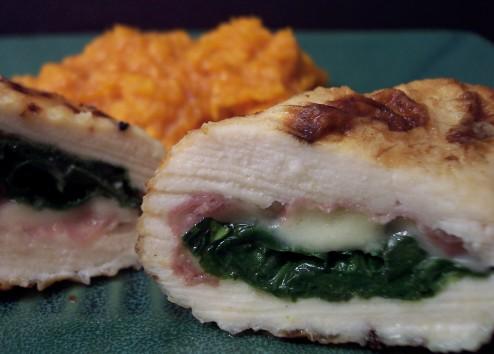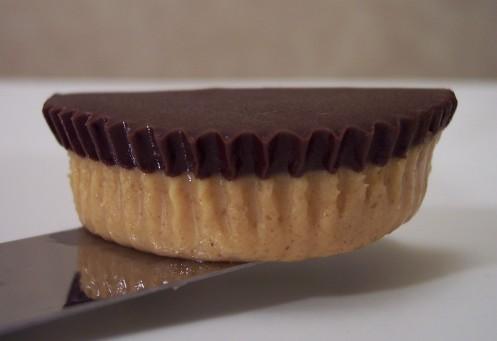After all that, I did make a pizza tonight, but it wasn't a new recipe... Jeff requested we do that Avocado and Canadian Bacon Pizza we first made last year.
 However, when I was going through my files on the computer, I found a few snaps of this Pear and Prosciutto Pizza we made before we jetted out of Minneapolis - apparently I forgot about it during all the hubbub with the move!
However, when I was going through my files on the computer, I found a few snaps of this Pear and Prosciutto Pizza we made before we jetted out of Minneapolis - apparently I forgot about it during all the hubbub with the move! Rather than spreading a red sauce over the piece of pizza dough we had stretched out, this recipe called for cooking down a couple cups of sliced onions, bringing their inherent sweetness to the surface, and allow them to turn a rich golden brown. Strewn over almost every naked inch, we then covered the top in smooth provolone and thin slices cut from a crisp pear. For a pungent hint of salt, strips of prosciutto covered the pears, followed by a light shower of fresh ground black pepper for a pleasant bite.
Rather than spreading a red sauce over the piece of pizza dough we had stretched out, this recipe called for cooking down a couple cups of sliced onions, bringing their inherent sweetness to the surface, and allow them to turn a rich golden brown. Strewn over almost every naked inch, we then covered the top in smooth provolone and thin slices cut from a crisp pear. For a pungent hint of salt, strips of prosciutto covered the pears, followed by a light shower of fresh ground black pepper for a pleasant bite.We don't usually have a problem assembling and moving our pizzas using a light layer of cornmeal on top of our trusty pizza peel, but there is an easy fix if you happen to be working with an extra sticky dough or don't like the extra crunch the cornmeal adds. You can form and top the pizza dough right onto a piece of parchment and then use that as an aid to easily glide the whole shebang onto the stone (parchment included). After just a few minutes (3 or 4 is usually enough), the dough will have cooked enough that you can slide it off the parchment, giving the crust direct contact with the hot stone. Do you have to take the parchment out? Not always, but if the oven is heated especially hot, it will darken quite quickly and besides, I think the direct contact makes for a slightly crisper crust.
 Slid onto our heated stone to bake, as soon as the crust had browned and the cheese melted into a bubbly pool under the pears, we moved the pizza onto a cooling rack and sprinkled over nutty toasted walnuts for crunch.
Slid onto our heated stone to bake, as soon as the crust had browned and the cheese melted into a bubbly pool under the pears, we moved the pizza onto a cooling rack and sprinkled over nutty toasted walnuts for crunch.While I'm sure you could serve this as is and be satisfied, for a touch of freshness, we dressed a bowl of peppery arugula with tangy sherry vinegar and scattered it over the top of the warm pizza to serve. With a combination of ingredients and textures that are anything but ordinary, I hope they don't scare you away - I'm sure you'll love this as much as we did if you give it a go!








































